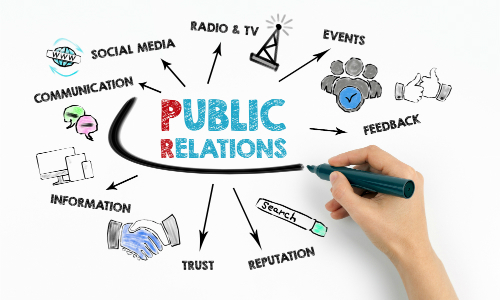In a world that should be evolving, it’s unfortunate that the issue of sexual harassment remains a pervasive problem. Regardless of societal advancements, the statistics remain unsettlingly high, underscoring the importance of continued dialogue, education, and actionable steps to combat this behavior.

The Ubiquity of the Issue
Sexual harassment, defined as unwelcome sexual advances, requests for sexual favors, and other verbal or physical harassment of a sexual nature, permeates our workplaces, schools, and communities. The National Sexual Violence Resource Center reveals that 81% of women and 43% of men reported experiencing some form of sexual harassment and/or assault in their lifetime. These numbers are not just statistics; they are people – friends, family members, and colleagues – enduring painful experiences, often in silence.
The Impact
The repercussions of sexual harassment extend beyond the immediate emotional distress. They bleed into various aspects of the victims’ lives, impairing their mental health, hampering their professional development, and undermining their self-esteem. Depression, anxiety, and post-traumatic stress disorder (PTSD) are common among survivors, signaling a dire need for preventive measures and support systems.
Recognizing Harassment
One of the initial steps in curbing sexual harassment is education on recognizing such behavior. We must understand that any action causing discomfort, fear, or distress, based on a person’s sex or gender, qualifies as harassment. This could range from inappropriate comments or jokes to non-consensual physical contact. No one should have to bear these infringements upon their safety and dignity. This is where we start implementing sexual harassment training California in businesses in that state.
Cultivating Safe Environments
Establishing safe environments involves proactive efforts from individuals, organizations, and communities. This includes clear zero-tolerance policies for sexual harassment, comprehensive training programs, confidential reporting mechanisms, and support services for survivors. It’s imperative that we create spaces where people feel secure, respected, and heard.
Taking Action
Action against sexual harassment begins with bystander intervention. If you witness such behavior, step in when it’s safe to do so, or report it to someone who can help. Survivors should be encouraged to come forward, but it’s equally essential to respect their journey and the pace at which they choose to do so. Organizations must enforce their policies, holding harassers accountable and demonstrating that such conduct is unacceptable. Compliance training is one the most important practice you can implement into your business.

Conclusion
As a society, we must ensure that conversations about sexual harassment aren’t limited to reactive discussions following high-profile cases. These dialogues, and the action they inspire, must be ongoing. Each of us has a role to play in confronting and eradicating sexual harassment – it starts with awareness, grows with understanding, and becomes effective with action.